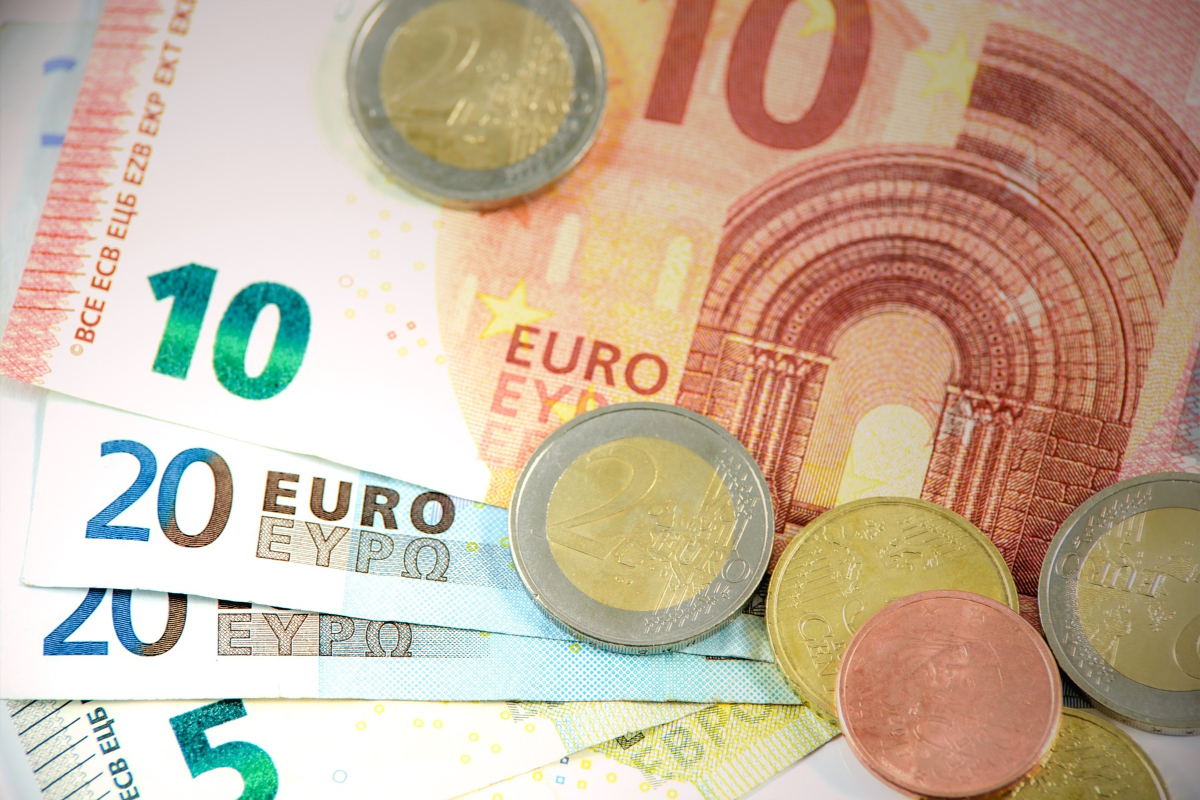RealtimeCampaign.com Explains Understanding the VAT and How to Remain Compliant
The value-added tax, commonly called VAT, is a consumption tax that is applied to a product when value is added at every stage of the supply chain. This starts with product production and stops at the point of sale. The VAT amount a user will pay is on the cost of the item, minus the cost of the materials used for the product.
According to RealtimeCampaign.com, over 160 countries use value-added taxation. It is most common in the European Union, but found other places around the world, too. While it is common, it has also resulted in some controversy.
Advocates of VAT state that it increases government revenues without punishing wealth or success like income taxes do, and it is much simpler than standard sales tax and has fewer compliance issues. Critics, however, argue that it is a regressive tax that puts an economic strain on lower-income taxpayers and creates bureaucratic burdens for businesses.
While this is true, VAT is becoming the global fiscal tool of choice during the coronavirus downturn. To determine what side of the fence a person is on regarding VAT it’s a good idea to learn more about it.
How VAT Works
The VAT is applied to the gross margin at every point in the creation, distribution, and sales process. It is assessed and collected at every stage, unlike sales tax, which is only applied and paid by the consumer at the end of the supply chain. For those who want to learn more,additional reading about this is available.
History of VAT
Most industrialized countries that are part of the Organization for Economic Cooperation and Development (OECD) have some type of VAT system in place. The U.S. is the only notable exception.
The systems in most industrial countries began using the VAT system in the 1980s. The results of this have been mixed, but there is a tendency among countries that use VAT to have low government debt and small budget deficits. According to some studies, after a nation makes the switch to VAT, it will feel the negative effect of the reduced tax revenues even though there is a possibility of more revenue down the road.
VAT vs. Sales Tax
Sales and VAT taxes may raise the same amount of revenue, but the difference lies in when the money is paid and who pays it according to FastSpring. According to some, VAT offers benefits over a national sales tax. It is easier to track, for example. The specific tax that is levied at each step of the production process is already known with VAT. With the sales tax, though, the total amount is paid once a sale is made, which makes it hard to allocate funds to certain production stages.
While VAT tax does have some controversy around it, many countries have made it work. Understanding what it is and what it offers is the best way to know if it is a worthwhile venture. Be sure to keep this in mind when considering taxes and the implications they have for businesses.
Media Contact
Company Name: Realtimecampaign.com
Contact Person: Rose Mary
Email: Send Email
Phone: 407-875-1833
Country: United States
Website: Realtimecampaign.com


